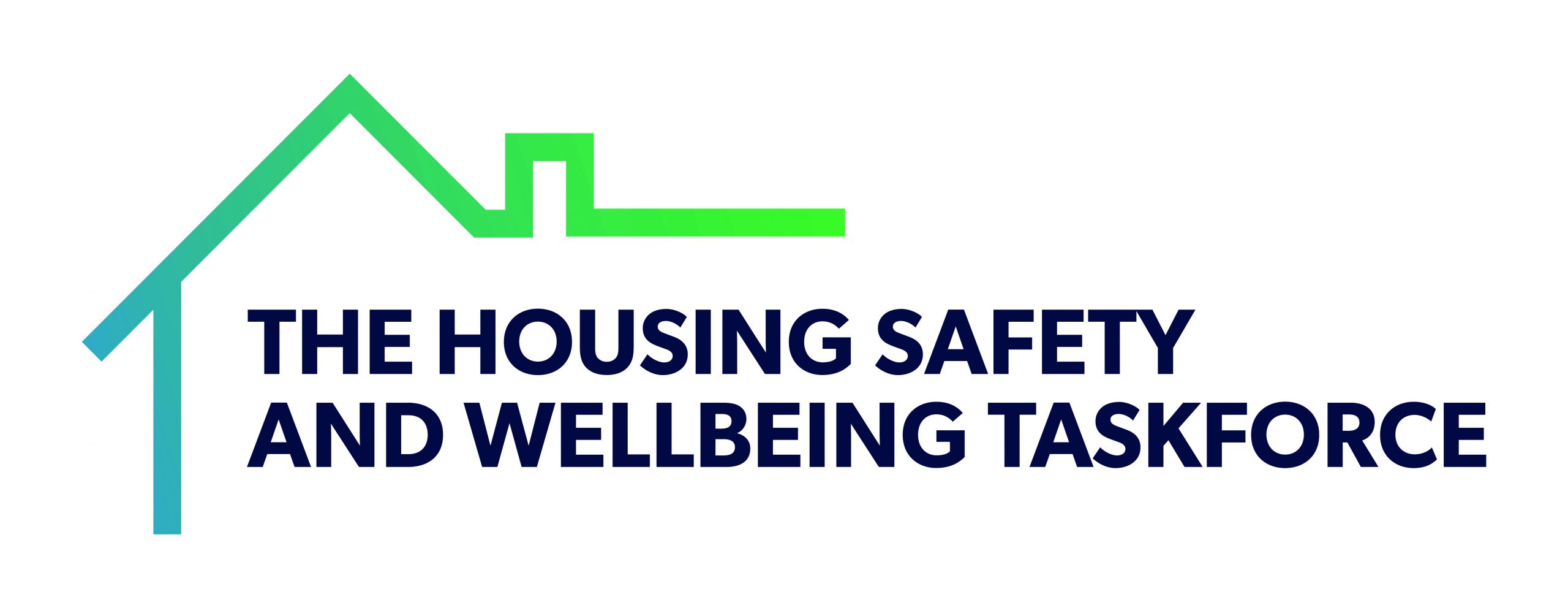What Is the Housing Safety and Wellbeing Taskforce?

With the official launch of Aico’s Housing Safety and Wellbeing Taskforce well underway, Housing Industry Leaders looks at how this will impact the housing industry.
The official launch of the Housing Safety & Wellbeing Taskforce, led by Aico, took place online on 13 January 2022 joined by Sir Peter Bottomley MP.
Bringing together partners from the public, private, and charitable sectors across all nations of the UK, the Housing Safety & Wellbeing Taskforce was created to discuss the key issues involved in creating safer homes and making recommendations for action.
The Taskforce framework will enable all involved to work together collaboratively, and the organisation will be strictly non-commercial and non-partisan, committed to promoting a holistic approach to housing safety and resident wellbeing.
There will be six strands to the work of the Taskforce
Each with their own ‘Ambassador’, the stands include Health & Wellbeing; Net Zero & Decarbonisation; Resident Engagement; Housing Quality; Fire & Carbon Monoxide Safety; and Fuel Poverty.
Paul Dockerill, Director of Energy & Programme Manager at whg, told Housing Industry Leaders: “It’s a huge honour to be appointed as the Ambassador for the Resident Engagement Task.
Now more than ever we need to work with our customers and create a culture where residents are able to raise any concerns and feel empowered to contribute to the future of their homes and communities.
“The Housing Safety & Wellbeing Taskforce is a really exciting initiative that will help us do just that, bringing social housing landlords and their customers together so that we are able to deliver the resident engagement strategies of the social white paper.”
Since the advent of devolution over twenty years ago, domestic fire safety regulation has varied drastically across the four nations of the UK, with Scotland’s legislation now set to become the most stringent with the introduction of new standards this year.
The Taskforce hopes to create safer homes and standard regulations
There is considerable divergence across the UK in terms of requirements for sprinkler systems, carbon monoxide detectors, and other safety measures for domestic properties.
At the launch event, the Housing Safety & Wellbeing Taskforce unveiled a study from CEBR (Centre for Economics & Business Research) which is a seminal piece of research, combining a statistical analysis of fire incidence across the UK, a summary of the relevant legislation, and a holistic examination of the human and economic impact of fire, based on official data and a specially commissioned YouGov survey.
The study delves into recent dwelling fires and demonstrates that the rate of reduction in fire incidents, running in tandem with new regulations, has slowed in recent years. With estimated annual costs of residential fires now exceeding £1billion, the research then goes on to examine in detail the potential impact and cost savings associated with tighter restrictions.
Tina Mistry, Relationships Manager at Aico, and Taskforce Coordinator told Housing Industry Leaders: “Given the trends highlighted by CEBR’s excellent research, the Taskforce will hit the ground running to discuss the implications of the data and potential actions as a result.
I am hugely excited by the cross-sector, cross-party support we’ve received for the Housing Safety & Wellbeing Taskforce and hope to forge a new consensus to address the vital priority of making everyone feel safer in their own homes.”

